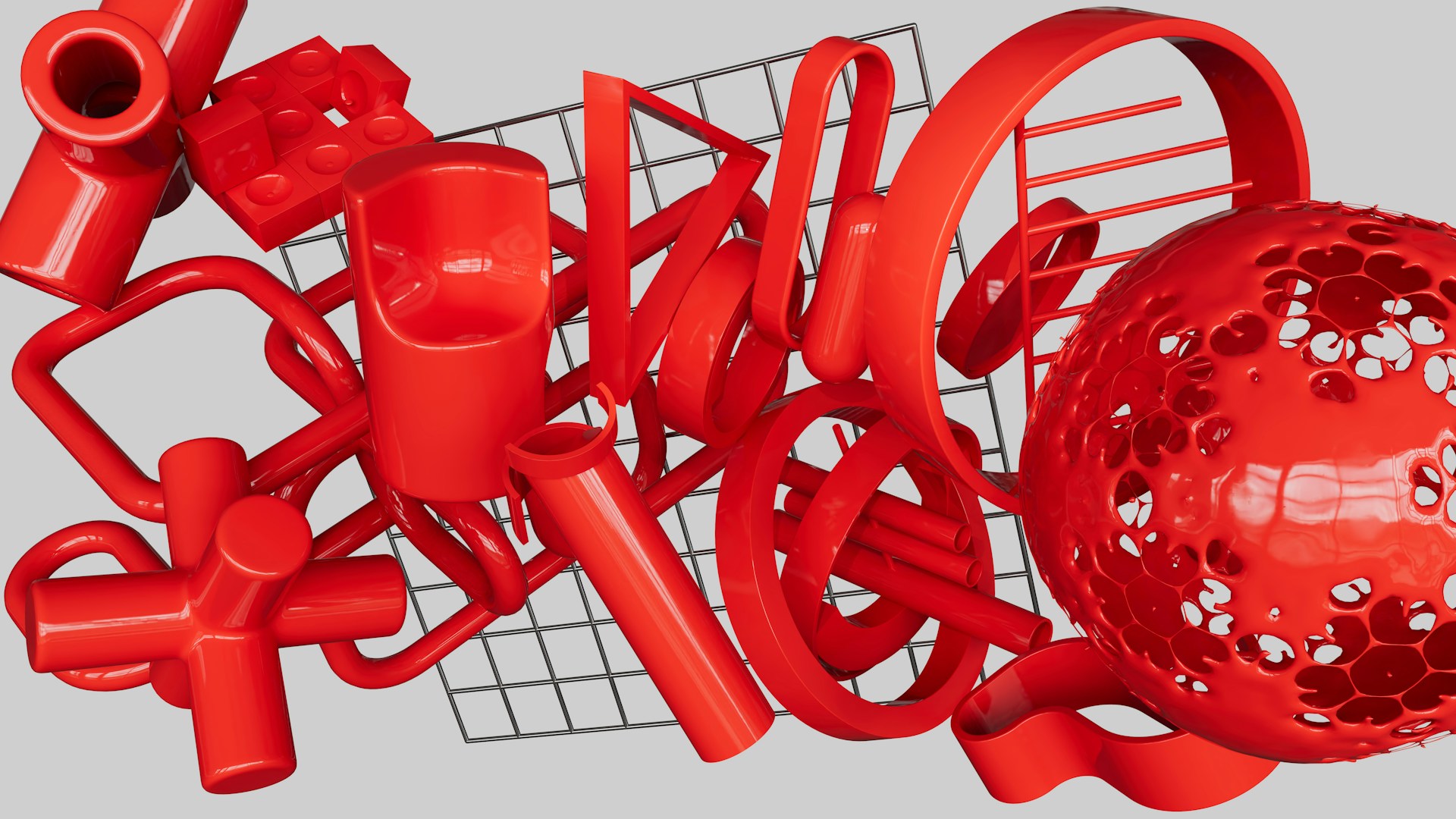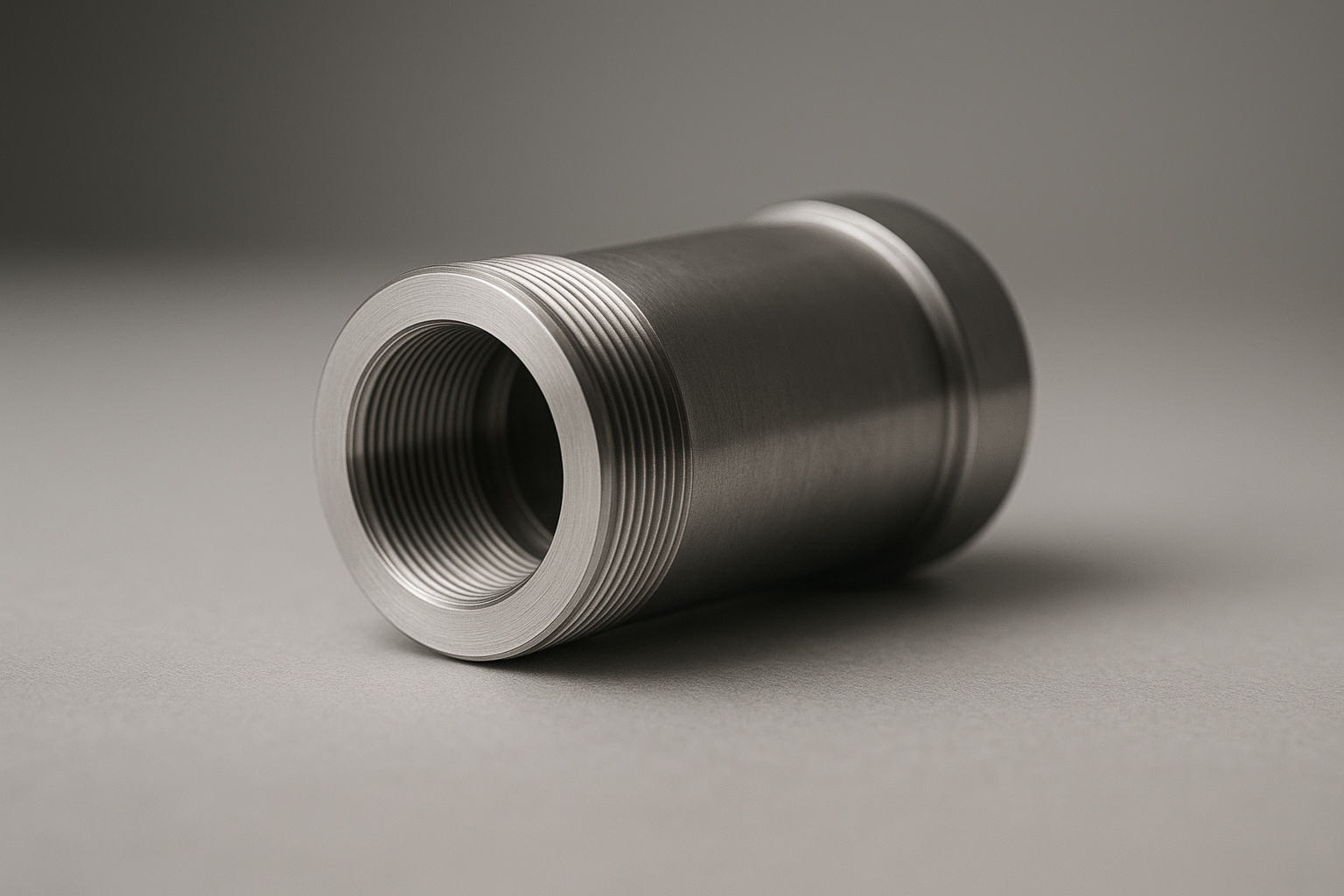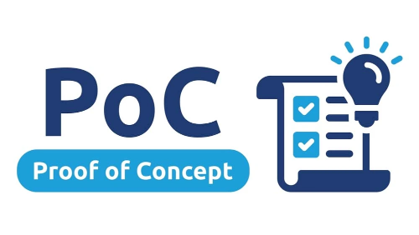Polymers & Plastics Coatings — Electroless Nickel NanoDiamond for Abrasion, Corrosion & Release
From glassfiberfilled (GF) compounds to flameretardant and mineralfilled resins, polymer processing exposes tooling to abrasion, corrosive offgassing, deposits, and hightemperature shear. Unplanned interventions for die lip wear, thread galling, sticking, and surface finish degradation erode throughput and profitability.
Electroless Nickel NanoDiamond (ENND) from Metal Diamond is engineered for the realities of polymer processing, providing a chromefree, wearresistant, lowfriction, and corrosiontough thin film for injection molds, extrusion dies, screws & barrels, hot runners & valve gates, blow molds, calender rolls, pelletizer tooling, and precision housings. We deliver this as a partnerled model—with local licensees or jointventure partners we train, supply, and certify—so OEMs, converters, and equipment rebuilders get standardized quality, shorter lead times, and lower total cost of ownership (TCO).




